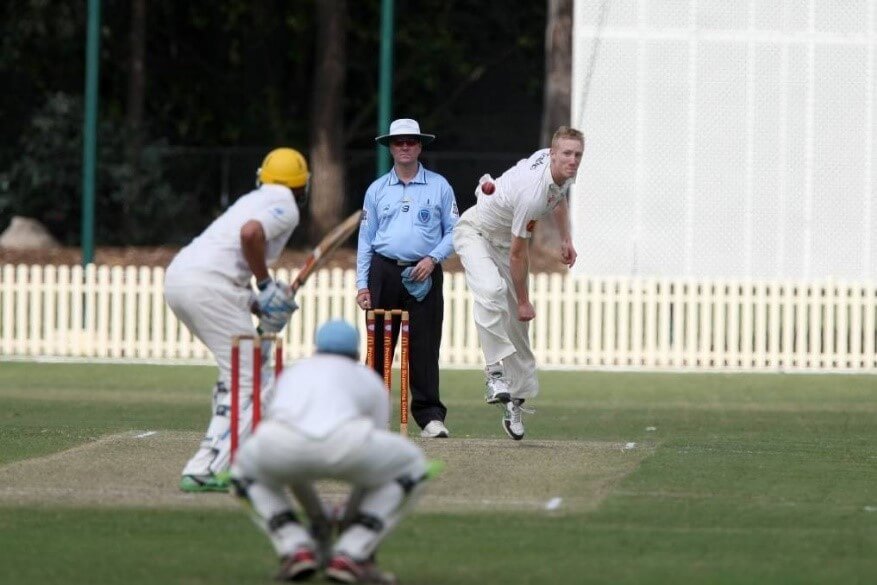A stress fracture or spondylolysis, as they are more formally known as are small cracks in the bones of the lumbar spine (low back) that are most often caused by overuse. Unlike fractures (breaks) in bones which usually occur following a traumatic event, stress fractures are caused by the cumulative effect of many small traumas.
Stress fractures are most common in children and adolescents and occur in the part of the vertebra known as the pars interarticularis. This is the weakest portion of the vertebra and hence the most common spot for an injury. Stress fractures most frequently occur at the bottom two lumbar spine vertebrae, levels L4 (5-15%) and L5 (85-95%).
What are the symptoms of Stress Fracture?
- Spontaneous and often gradual increase in low back pain.
- Commonly night pain is reported, including difficulty sleeping or waking.
- Most often unilateral (one sided).
- Pain with extension based activities such as bending backward.
- Pain with prolonged standing or running.
- Early morning stiffness.
- Pain eases with rest.

Who Gets Stress Fractures?
Stress fractures are most prevalent in adolescents. Sports that involve repeated lumbar spine rotation and/or extension are most vulnerable to stress fractures. The most common sports are cricket, more specifically fast bowlers, runners, footballers (soccer), gymnasts and dancers. Stress fractures are found more often in boys than girls at a ratio of 2:1.
In cricket fast bowlers, rapid trunk side flexion, rotation and extension during the front foot contact phase of the delivery stride has been identified as the main mechanism to cause a stress fracture injury. In footballers it may result from many hours of running, change of direction at speed and striking of the ball, causing cumulative stress on the lower spine.
How long will it take me to return to sport?
Whilst everyone’s rehabilitation and recovery are slightly different the average time is 8-12 weeks.
How do I know if I have a stress fracture?
Stress fractures are usually detected through a thorough history and physical examination. The physiotherapists at Jubilee Sports Physiotherapy can provide a thorough assessment and accurate diagnosis. X-rays and MRI can also be performed to further clarify the diagnosis.
What is the treatment for a stress fracture?
Stress fractures very rarely require surgery and are best treated with conservative management. This involves a combination of rest from aggravating activities and a progressive strengthening program with focus on functional strength and stability. A physiotherapist at Jubilee Sports Physiotherapy would work with you to identify areas of weakness and potential risk factors and develop a program to gradually increase your load and return to your sport.
Recovery from a stress fracture is different for everyone however it takes around 8-12 weeks to return to sport.
For further information about stress fractures of to have an injury displaying signs of a stress fracture assessed, please contact Jubilee Sports Physiotherapy for an appointment.























